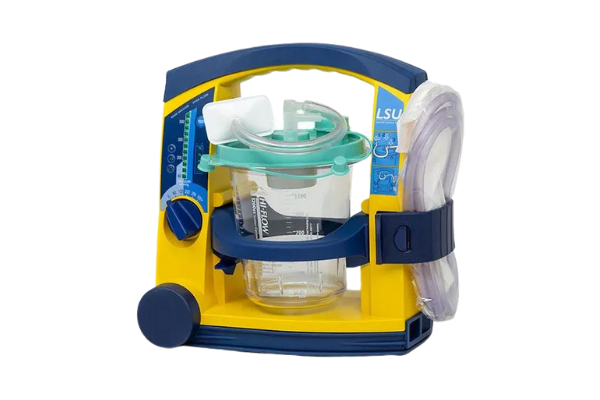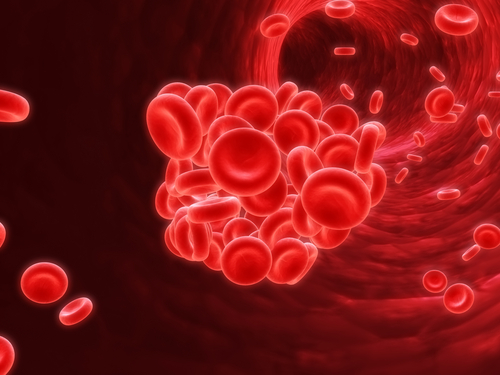
What Is a Suction Unit and What Is It Used For?
If you have ever been to the dentist, you have watched him or her use a suction device to clean out your mouth after a cleaning. Medical suction devices work in the same way. Gentle suction power like that of a vacuum is used to remove debris or mucus from the airway of a patient, to find the source of bleeding for a wound, and to promote healing. These devices are used in emergency medicine, ongoing treatment, surgical procedures, and wound care.
Uses
-
Emergency treatment
– A patient may have an airway blockage such as mucus or aspirated materials or they may have a profusely-bleeding wound that is difficult to source. Suction can gently clear the airway or remove blood and other fluids to reveal the actual location of the injury so that further care can be provided.
-
Continued care
– Patients who have been hospitalized or who are receiving care at home may be suffering from pneumonia or other respiratory conditions that produce excessive mucus that needs to be removed from the airway periodically. Patients who have suffered an airway injury, had a tracheotomy procedure, or other abnormalities or conditions that cause airway blockages benefit from being able to have their throats and windpipes cleared by the use of a suction unit.
-
Surgery
– A suction unit is often used during surgical procedures to remove blood and body fluids from the area of the operation to create better visibility for the surgeon.
-
Wound care
– A wound vacuum is a very accurate name for this suction unit. Patients who suffer from conditions like diabetes, neuropathy, and venous insufficiency can have an extremely difficult time healing from open wounds or sores. Body fluids that can accumulate inside the wound foster the growth of bacteria and infection, which hinders the healing process even more. A wound vacuum helps to expedite the healing process. A tube attached to the top of the wound on one end is connected to the portable machine on the other. It supplies constant suction to help keep the wound drier and less prone to the formation of bacteria.
Types
Suction devices can be portable or mounted on walls. These machines are either powered by electrical sources or batteries. Manual suction devices are not commonly used anymore because the quality of the suction is uncontrollable and therefore not reliable. Makeshift devices are only used in the absence of professional equipment when clearing someone’s airway is vital to survival. An example of a makeshift suction device would be a turkey baster because it can be inserted into the back of the throat and used to draw out fluids without damaging force.
Coast Biomedical Equipment is a premiere provider of new and refurbished medical equipment and suction devices and supplies. Our knowledgeable representatives can answer your questions and help you choose the devices and supplies that will meet the needs of your patients. Give us a call, visit our website, or send us an email to ask questions or to request quotes.





